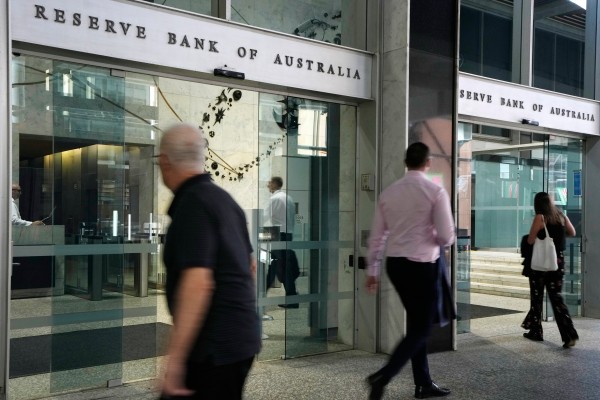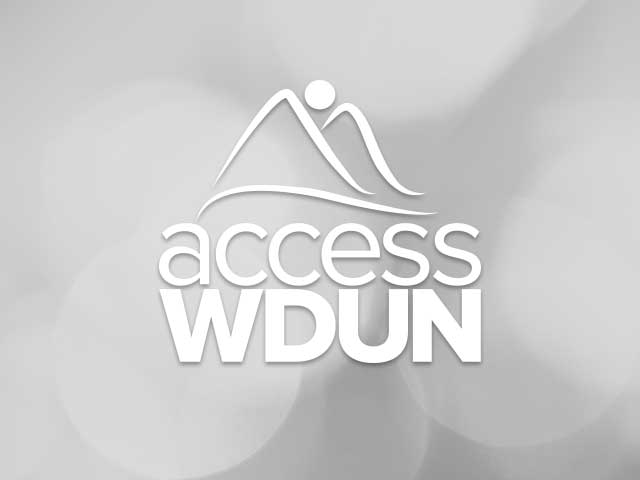MELBOURNE, Australia (AP) — Australia’s central bank on Tuesday reduced its benchmark interest rate by a quarter percentage point for a third time this year to 3.6%, with inflation tamed and economic growth stalling.
The Reserve Bank of Australia reduced its cash rate from 3.85%. The rate was cut from 4.1% in May. The reduction from 4.35% at its February board meeting was Australia’s first rate cut since October 2020.
The new rate is the lowest since March 2023 and the cut was widely anticipated as inflation continues to fall.
The bank's governor, Michele Bullock, said international trade policy developments were expected to have an adverse effect on global economic activity.
"Uncertainty in the world economy remains elevated. There is a little more clarity on the scope and scale of U.S. tariffs and policy responses in other countries, suggesting that more extreme outcomes are likely to be avoided," Bullock said in a statement.
The bank adjusts interest rates to steer inflation toward a target band of between 2% and 3%. In May, annual inflation fell to 2.1% from 2.4% a month earlier.
The trimmed mean — a gauge of underlying inflation that is the bank’s preferred measure — fell from 2.8% in April to 2.4%.
Inflation has gradually declined since it peaked at 7.8% in the last quarter of 2022.
The bank was widely expected to cut the rate at its last board meeting in July. But directors voted 6-to-3 to wait to see inflation data for the June quarter.
That data revealed that trimmed mean inflation was 2.7% in the three months through June, down from 2.9% in the March quarter.
The board's decision to cut interest rates on Tuesday was unanimous.
Treasurer Jim Chalmers said curbing inflation to within the target range had given the central bank confidence to cut interest rates three times in six months.
“This is very welcome relief for millions of Australians,” Chalmers told reporters. “It will put more money in the pockets of people who are under pressure.”
The economic boost of a rate cut comes after growth slowed to a sluggish 0.2% in the three months through March and 1.3% for the year. The economy grew 0.6% in the preceding December quarter.
The bank has attempted to gradually rein in inflation without tipping the economy into recession or causing large-scale job losses.
Unemployment rose to 4.3% in June from 4.1% where it had held steady since February. The jobless rate was at 4.0% in January.


















